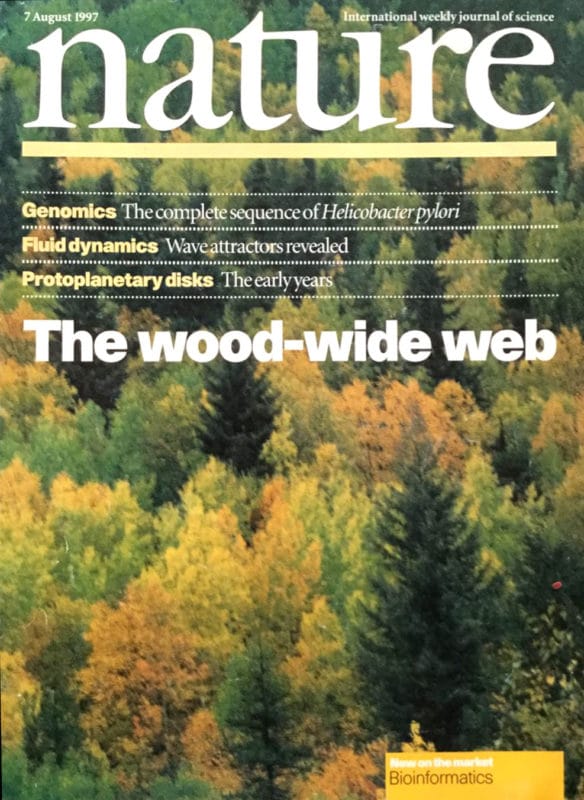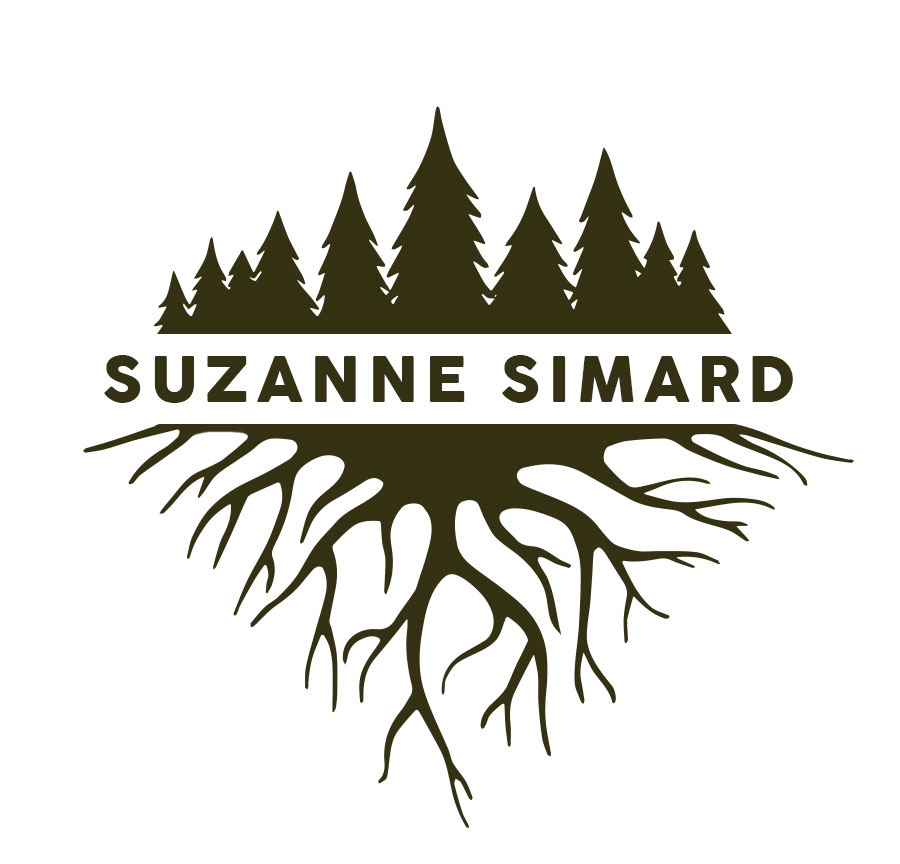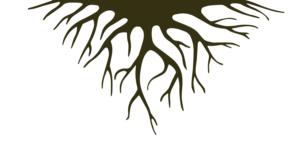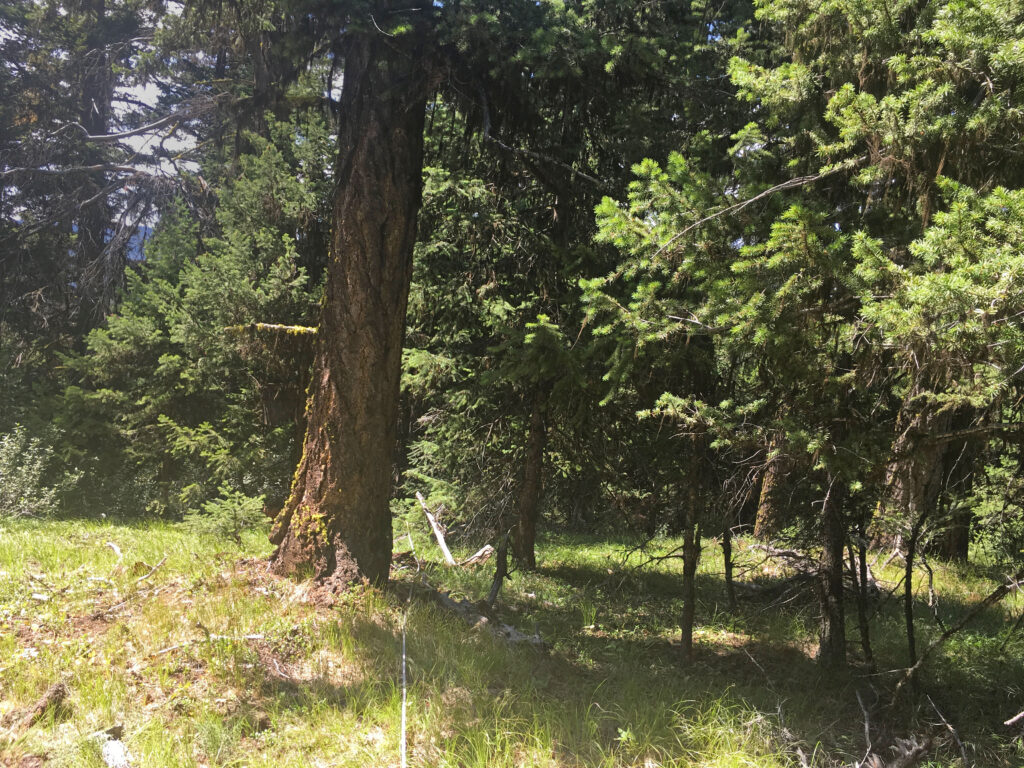Research
The Mother Tree Project was conceived following three decades of research on tree connections within forests by Suzanne Simard and researchers in other parts of the world.
This large-scale, scientific, field-based experiment was launched in 2015 with the intent of exploring how connections and communication between trees, particularly below-ground connections between Douglas-fir Mother Trees and seedlings, could influence forest recovery and resilience. The central objective is to identify sustainable forest renewal practices that will maintain forest resilience, protect biodiversity, and support carbon storage and forest regeneration as climate changes.
The Mother Tree Project explores the following research questions:
- What role do Mother Trees play in forest regeneration?
- What seedling mixes work best for forest regeneration?
- How does the size, number and distribution of trees retained (left uncut) at a harvesting site impact forest regeneration?
- How is the forest carbon budget affected by various harvesting and regeneration treatments?
- How is biodiversity (animals, plants, fungi, bacteria) affected by various harvesting and regeneration treatments?
- What are the ecological processes that drive these responses?
Led by Suzanne Simard, the Mother Tree Project team brings together academia, government, forestry companies, research forests, community forests and First Nations to identify and design successful forest renewal practices.
Selected Publications
The Mother Tree Project builds on the decades of research by Suzanne Simard and her lab, which has produced numerous journal articles, book chapters and conference presentations on tree communication.
Simard, S.W., Perry, D.A., Jones, M.D., Myrold, D.D., Durall, D.M., and Molina, R. (1997). Net transfer of carbon between tree species with shared ectomycorrhizal fungi. Nature, 388: 579-582.
Teste, F.P., Simard, S.W., Durall, D.M., Guy. R.D., Jones. M.D., and A.L. Schoonmaker. (2009). Access to mycorrhizal networks and tree roots: importance for seedling survival & resource transfer. Ecology, 90: 2808-2822
Beiler, K.J., Durall, D.M., Simard, S.W., Maxwell, S.A. and A.M. Kretzer. (2010). Mapping the wood-wide web: mycorrhizal networks link multiple Douglas-fir cohorts. New Phytologist, 185: 543-553.
Deslippe, J.R., and Simard, S.W. (2011). Below-ground carbon transfer among Betula nana may increase with warming in Arctic tundra. New Phytologist, 192(3): 689-698.
Simard, S.W., Beiler, K.J., Bingham, M.A., Deslippe. J.R., Philip, L.J., and F.P. Teste. (2012). Mycorrhizal networks: mechanisms, ecology and modelling. Invited Review. Fungal Biology Reviews, 26:39-60.
Bingham, M.A., and S.W. Simard. (2013). Seedling genetics and life history outweigh mycorrhizal network potential to improve conifer regeneration under drought. Forest Ecology & Management, 287:132-139.
Simard, S.W., Martin, K., Vyse, A., and Larson, B. (2013). Meta-networks of fungi, fauna and flora as agents of complex adaptive systems. Chapter 7, pages 133-164. In: Managing World Forests as Complex Adaptive Systems: Building Resilience to the Challenge of Global Change. Edited by Puettmann, K, Messier, C, and Coates, KD. Routledge, NY. ISBN 978-0-415-51977. 369pp.
Beiler, K.J., Simard, S.W. and Durall, D.M. (2015). Topology of Rhizopogon spp. mycorrhizal meta-networks in xeric and mesic old-growth interior Douglas-fir forests. Journal of Ecology, 103(3): 616-628.
Simard, S.W. (2015). Conversations in the forest: The roots of natures equanimity. SGI Quarterly, 79: 8-9.
Song, Y.Y. Simard, S.W., Carroll, A., Mohn, W.W. and Zheng, R.S. (2015). Defoliation of interior Douglas-fir elicits carbon transfer and defense signalling to ponderosa pine neighbors through ectomycorrhizal networks. Nature / Sci. Rep. 5, 8495; DOI:10.1038/srep08495 (2015).
Simard, S.W. (2017). The mother tree. K. Verlag and the Haus der Kulturen der Welt, Berlin Edited by Anna-Sophie Springer & Etienne Turpin. The Word for World is Still Forest. ISBN 978-3-9818635-0-5.
Simard, S.W. (2018). Mycorrhizal networks facilitate tree communication, learning and memory. In: Baluska, F., Gagliano, M., and Witzany, G. (eds.), Memory and Learning in Plants. Springer ISBN 978-3-319-75596-0. Chapter 10, pp. 191-213.

Cover of the August 1997 issue of Nature, where the term “wood-wide web” was coined in reference to the paper “Net transfer of carbon between ectomycorrhizal tree species in the field” by Simard et al.




